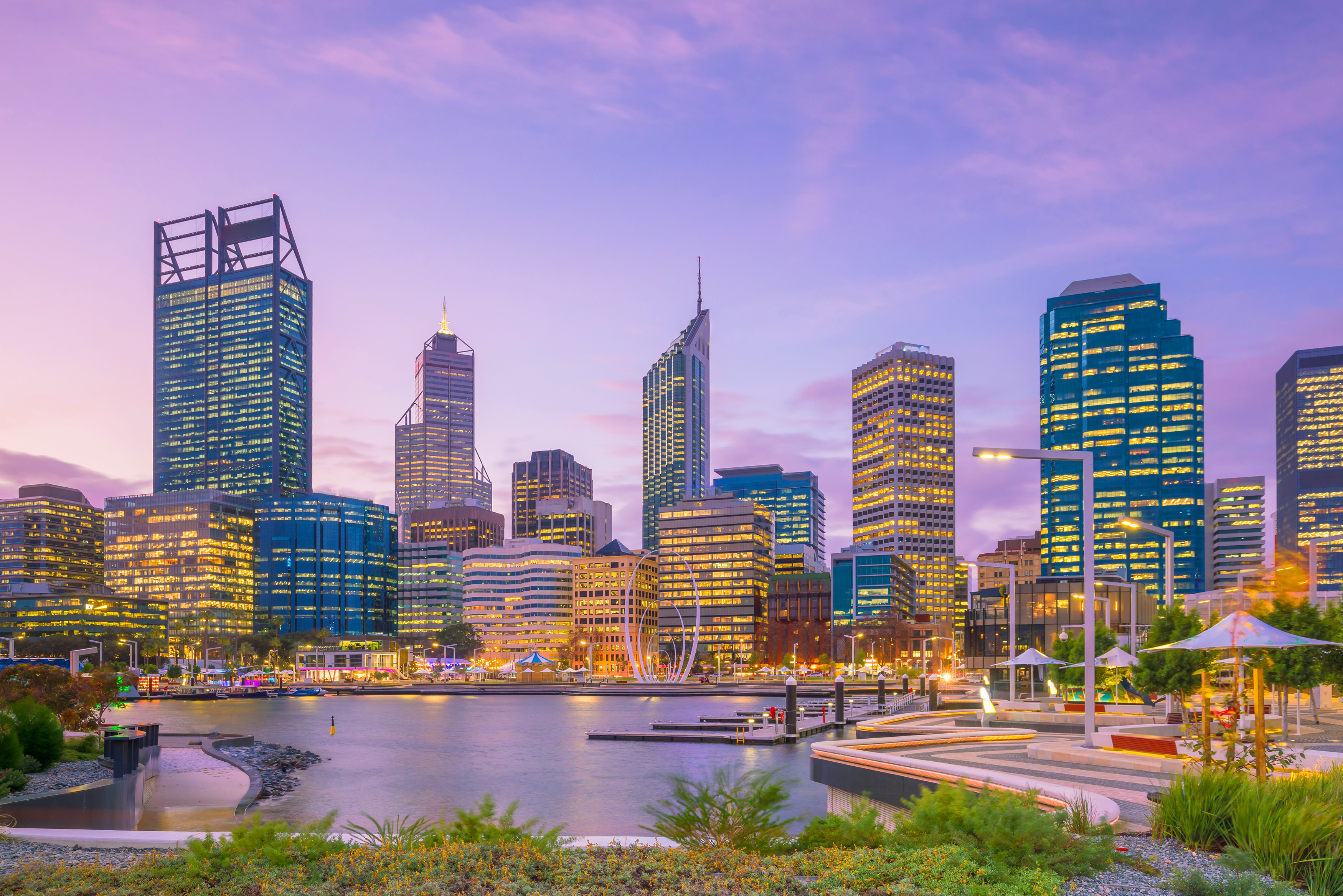Perth Become Australia’s Fastest- Growing Capital City with 220 New Arrivals Daily
- Posted By Chris Nicholson
Perth has become Australia's fastest-growing capital city, with over 81,000 people—an average of 220 per day—relocating to Western Australia in the 2022-23 period, according to recent data from the Australian Bureau of Statistics.
This 3.6% increase is the largest annual rise in the state's population, bringing Perth's total to over 2.3 million residents. Western Australia was one of only two states to experience net internal migration, meaning it attracted more people from other parts of the country than it lost.
The majority of this population growth came from overseas migration, which contributed 59,331 people, followed by natural increase with 11,300 people, and 10,700 from interstate migration.
Inner-Perth suburbs such as Bentley, Wilson, and St James, surrounding Curtin University, saw the highest net overseas migration gains in the state, adding 1,700 new residents.
Alkimos and Eglinton in Perth’s northern outskirts experienced an 11% growth, while Brabham and Henley Brook in the east grew by 12%. Perth's highest-density areas were Perth and Highgate (4,300 people per square kilometre), East Perth (4,000), and Scarborough (3,900). Port Hedland, a mining town, was one of the few areas to see a population decline, losing 63 residents, reducing its population to 4,408.
Melbourne surpassed Sydney as the nation's largest city, with its population increasing by 166,000 in 2022-23. Sydney added 142,600 residents.
Together, Australia’s capitals and largest regional centres accounted for 92% of the nation's 634,000 population increase over the year. This surge was primarily driven by the return of international students post-COVID-19, many of whom moved into student accommodations or shared houses in inner suburbs.
Terry Rawnsley, KPMG’s demographic director, noted that some regions saw significant population growth during the pandemic as young people were unable to move to major centres. "During COVID, young people had to stay where they were rather than being able to move around. So the flow of people changed, and now that’s changed," he explained.
The data also showed that Brisbane gained slightly more than 78,000 residents. Queensland’s major regional areas, such as the Gold Coast, which now has a record 735,000 residents, and the Sunshine Coast, with 408,000 residents, have both grown by over 70% since the turn of the century.
Additionally, the Canberra-Queanbeyan area now has more than half a million residents, while Albury-Wodonga has become the 13th regional centre with a population exceeding 100,000.

